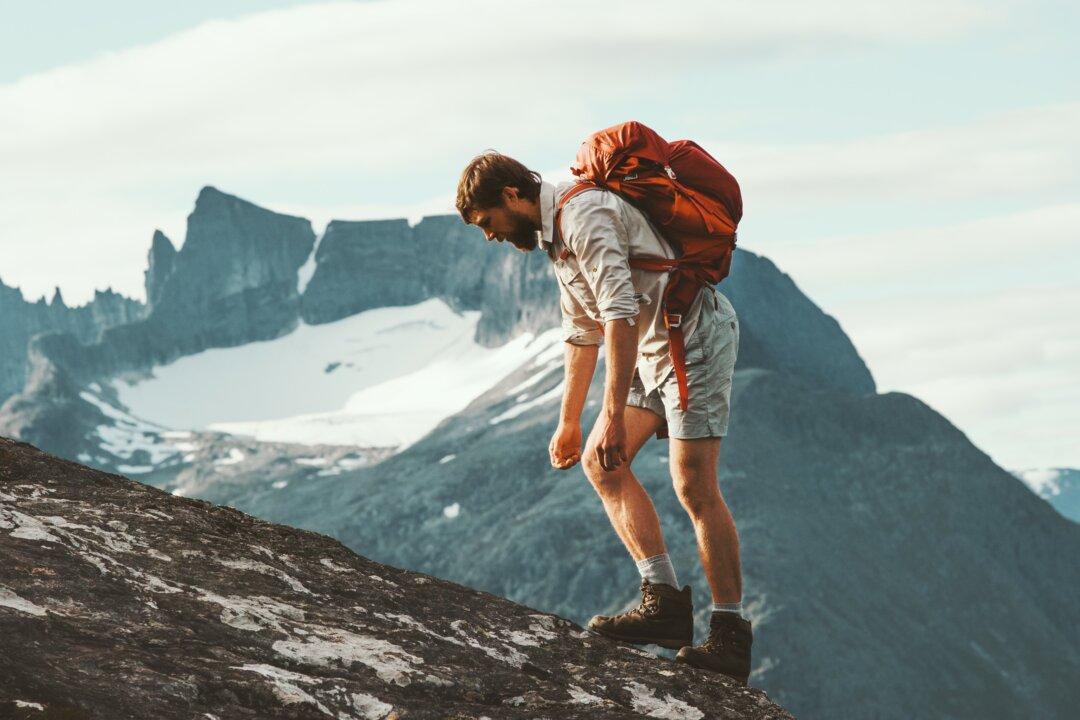I woke in a tent, a bit disoriented, and my attention immediately fixated on my feet. It was the morning of day two of what was to be a four-day, 43-mile hike through Pictured Rocks National Lakeshore.
Three friends and I had carefully planned the journey. We had enough food, clothing, tents, and supplies to get us through. We had the means to filter the Lake Superior water we’d need to stay hydrated.





